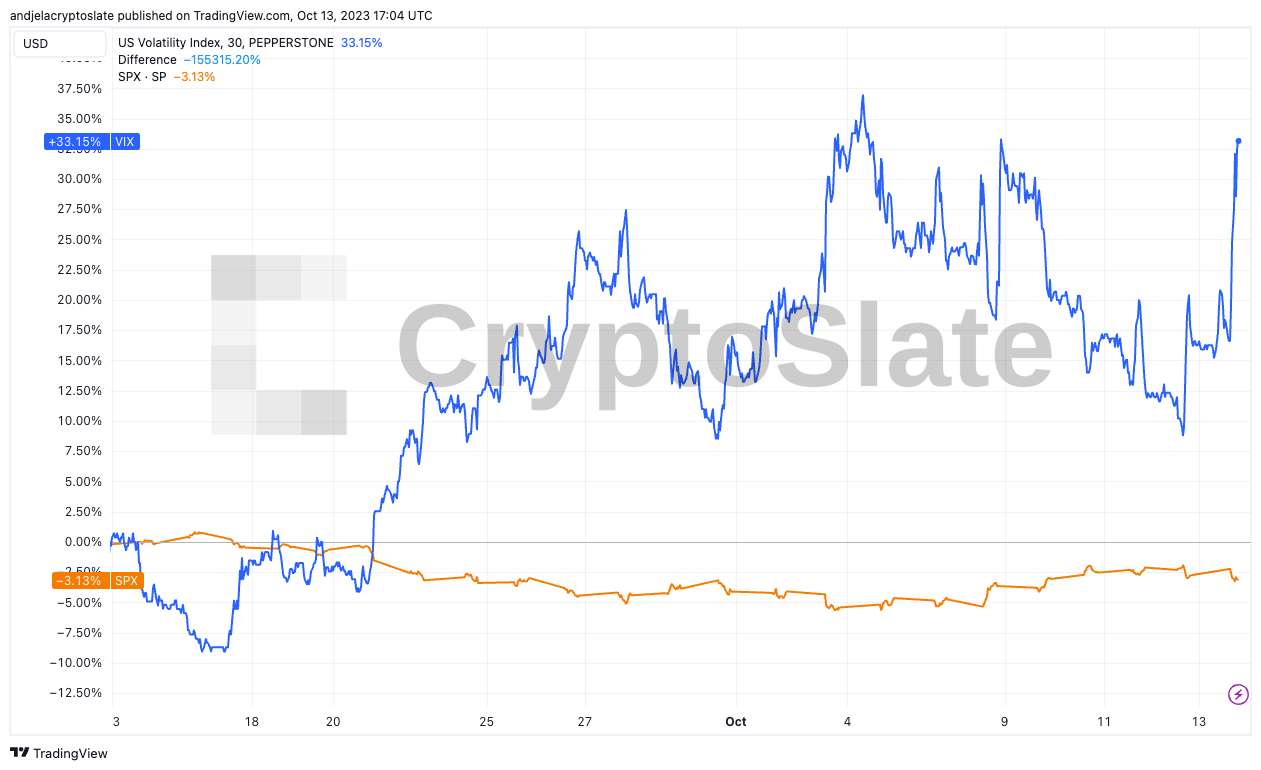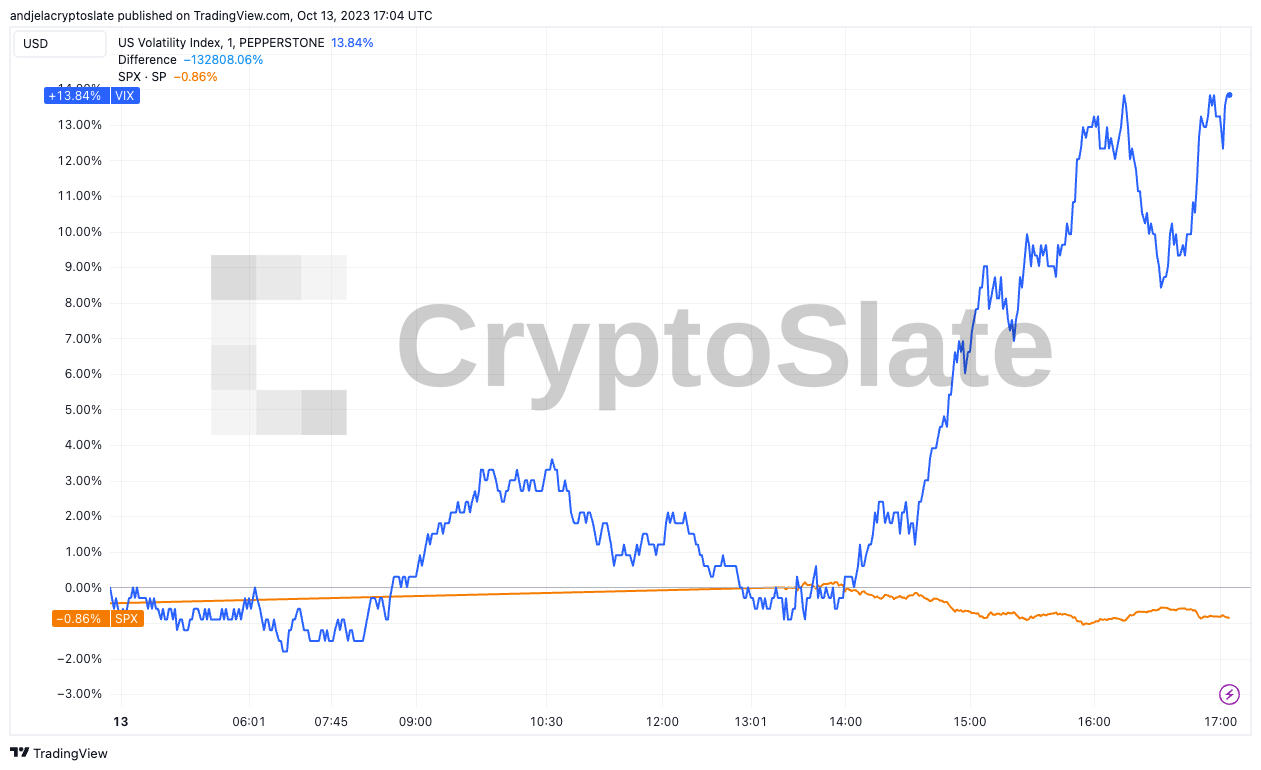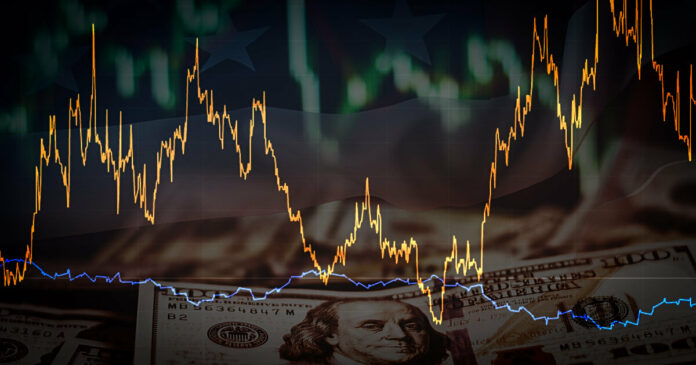The financial world relies heavily on indicators to gauge market sentiment and predict future trends. Among these, the Volatility Index, commonly known as the VIX, stands out as a prominent measure of market anxiety.
Originating from the Chicago Board Options Exchange, the VIX is an index that represents the market’s expectation of 30-day forward-looking volatility. Calculated from the implied volatilities of a wide range of S&P 500 index options, a high VIX typically signals heightened investor fears, while a low reading suggests a calm market.
On the other hand, the S&P 500 Index, or SPX, serves as a beacon for the overall health of the U.S. stock market. Comprising 500 of the largest U.S. companies by market capitalization, its movements are watched closely by traders, analysts, and institutional investors alike. Historically, the VIX and the SPX have shared an inverse relationship: as the SPX rises, indicating bullish sentiment, the VIX usually decreases, suggesting reduced market anxiety, and vice versa.
Yet, recent market data paints an unusual picture. Over 3 months, the SPX witnessed a decline of 3.37%, a clear indication of some bearish sentiment. However, the VIX skyrocketed during the same period, increasing 38.41%.
This divergence is also observed in a narrower 1-month window: the SPX declined by 3%, while the VIX surged by 32.8%.

The discrepancy on Oct. 13 was even more pronounced — in just a single trading day, the VIX jumped by an alarming 13.54%. Meanwhile, the SPX, rather than reflecting this spike in volatility, remained almost unchanged, registering a mere 0.82% dip.

This stark divergence prompts questions. Several factors could be contributing to this anomaly. Firstly, the market might be anticipating significant future movements in the SPX that aren’t yet reflected in its current value. Secondly, external events or geopolitical tensions could impact market derivatives more than the cash market, leading to an exaggerated VIX. Lastly, structural changes or shifts in market dynamics and participants could alter the traditional relationship between the two indices.
For investors and market participants, such discrepancies are cause for vigilance. While the VIX’s primary role is to measure market sentiment, its current dislocation from the SPX may indicate underlying market stresses or potential forthcoming volatility. Traders might interpret this as a sign to hedge their positions or prepare for potential market swings.
The post VIX surges while SPX remains steady: What’s behind the anomaly? appeared first on CryptoSlate.
Credit: Source link






















 Bitcoin
Bitcoin  Ethereum
Ethereum  Tether
Tether  Solana
Solana  USDC
USDC  XRP
XRP  Lido Staked Ether
Lido Staked Ether  Dogecoin
Dogecoin  Toncoin
Toncoin  Cardano
Cardano  Shiba Inu
Shiba Inu  Avalanche
Avalanche  TRON
TRON  Wrapped Bitcoin
Wrapped Bitcoin  Polkadot
Polkadot  Bitcoin Cash
Bitcoin Cash  Chainlink
Chainlink  NEAR Protocol
NEAR Protocol  Polygon
Polygon  Litecoin
Litecoin  Fetch.ai
Fetch.ai  Internet Computer
Internet Computer  Uniswap
Uniswap  LEO Token
LEO Token  Dai
Dai  Render
Render  Ethereum Classic
Ethereum Classic  Hedera
Hedera  First Digital USD
First Digital USD  Aptos
Aptos  Cosmos Hub
Cosmos Hub  Mantle
Mantle  Cronos
Cronos  Pepe
Pepe  Filecoin
Filecoin  Immutable
Immutable  Stacks
Stacks  Stellar
Stellar  Wrapped eETH
Wrapped eETH  XT.com
XT.com  OKB
OKB  dogwifhat
dogwifhat  Renzo Restaked ETH
Renzo Restaked ETH  Bittensor
Bittensor  Optimism
Optimism  Arbitrum
Arbitrum  The Graph
The Graph  Maker
Maker 
